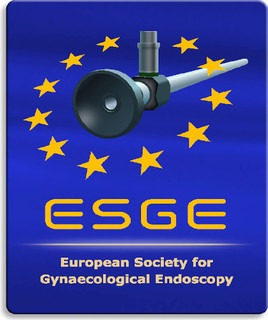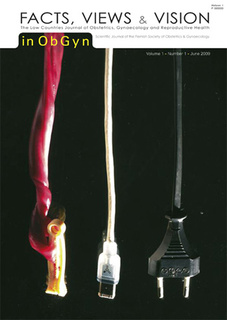Building decision trees for diagnosing intracavitary uterine pathology
Decision trees, SIS, endometrial sampling, ultrasound, hysteroscopy, abnormal uterine bleeding.
Published online: Dec 31 2009
Abstract
Objectives: To build decision trees to predict intrauterine disease, based on a clinical data set, and using mathematical software.
Methods: Diagnostic algorithms were built and validated using the data of 402 consecutive patients who underwent grey scale ultrasound, followed by colour Doppler, saline infusion sonography (SIS), office hysteroscopy and endometrial sampling. The “final diagnosis” was classified as “abnormal” in case of endometrial polyps, hyperplasia or malignancy or intracavitary myoma. “Pre-test parameters” included patient’s age, weight, length, parity, menopausal status, bleeding symptoms and cervical cytology; “post-test parameters” included ultrasound-, color Doppler-, SIS-, hysteroscopy- findings and histology results after endometrial sampling. Decision Tree #1 was built using both “pretest” and “post-test” parameters; Tree #2 was only based on “post-test” parameters; Tree #3 was designed without using the hysteroscopy variables. The Waikato Environment for Knowledge Analysis (Weka) software was used for the development of decision trees.
Results: All trees started with an imaging technique: hysteroscopy or SIS. The diagnostic accuracy was 88.3%, 88.3% and 84.0% for Tree #1, #2 and #3 respectively, the sensitivity and specificity was 95.5% and 82%, 97.7% and 80.0, 93.2 and 76.0%, respectively.
Conclusion: The method used in this study enables the comparison between different decision trees containing multiple tests.



